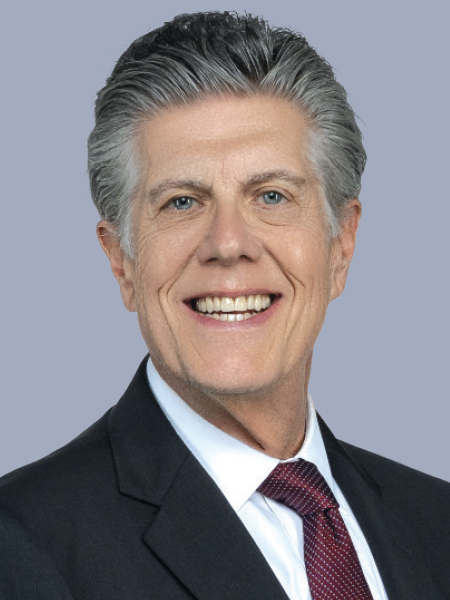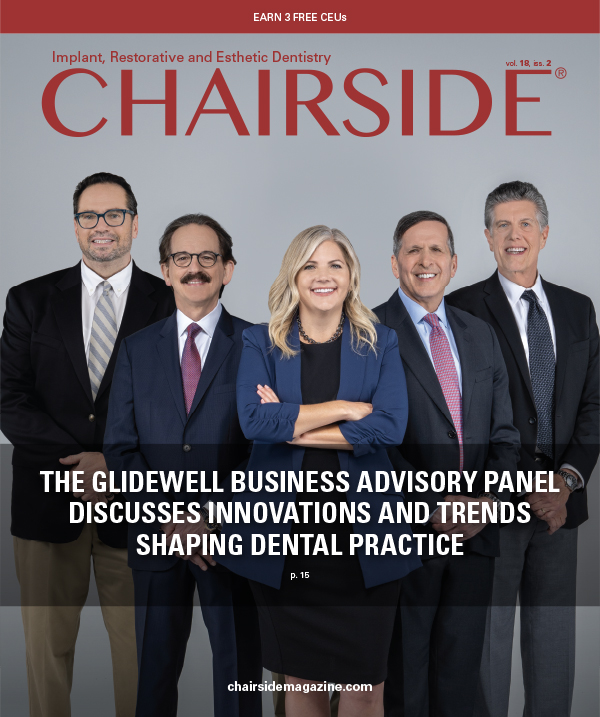Editor's Letter
Science fiction writer Arthur C. Clarke famously postulated that “any sufficiently advanced technology is indistinguishable from magic.” Clarke was referring to the gap between the sophistication of scientists developing new technologies and those of us who are mere consumers of that technology. When the user is unable to comprehend the mechanics behind the new application, it appears to be “magical.”
Let’s consider a different interpretation of Clarke’s principle. The goal of technology is to improve our lives by solving problems and increasing efficiency. That goal has been realized with the prevention and curing of many diseases, the enhancement of transportation and communication, and the improvement of agricultural efficiency to help alleviate world hunger.
But when technology is first launched, it often makes the task more complicated and less efficient. Drivers of the first automobiles were faced with handcranked starters, a lack of available fuel and treacherous unpaved roads. No doubt those early adopters often wished they had stayed with horsedrawn carriages. But today’s drivers can slide into their Tesla or Lexus vehicles and experience smooth, efficient and reliable transportation. Magic!
Dental technology is no different. Early adopters of dental implantology had to cut their implants to the needed length, sterilize them in-office, and take radiographs frequently throughout surgery to know their position relative to the patient’s anatomy. That early treatment method represented a tremendous advance in prosthetic dentistry, but it was certainly not easy or efficient. Today’s implantologists have the benefit of 3D imaging and digital treatment planning to enable perfectly positioned implants to be safely placed in minutes, often with immediate prosthetic loading. Magic!
The earliest in-office milling systems worked best in the hands of technologically savvy, early adopters. Using the restorative design software to mark margins and design crowns was difficult, awkward and took many hours to master. Today, AI-enabled design software, like the fastdesign.io™ Software and Design Station, uses automated margin marking and provides ready-to-use crown designs to shorten the learning curve and enable the milling of a fully sintered zirconia crown in about 50 minutes. Magic!
Making a crown to fit under an existing partial denture has always been a difficult and inconvenient challenge. As Dr. Justin Chi’s article on this topic shows, digital technology combined with in-office milling addresses these problems and enables the fast fabrication of a crown that fits under the partial.
New technology that has been refined to the point where it simplifies — rather than complicates — our professional lives is a recurring theme in this issue of Chairside® magazine. From the practice growth and patient communication advantages of commercially available AI programs to a vast improvement in partial and complete dentures fabricated with 3D printing technology, we are beginning to reap the benefits of technology as new and better ways emerge to help our patients reach their oral health goals. Magic!




